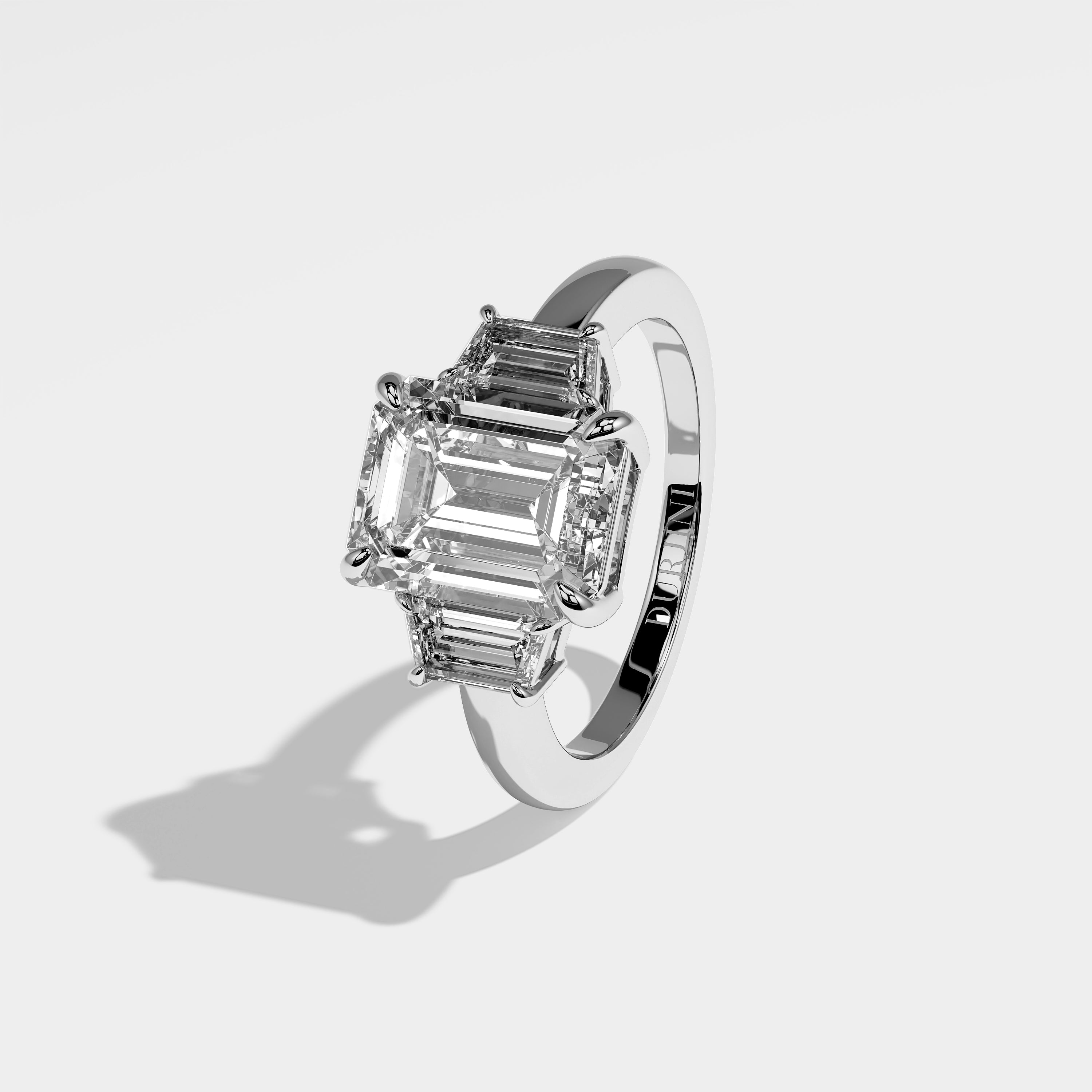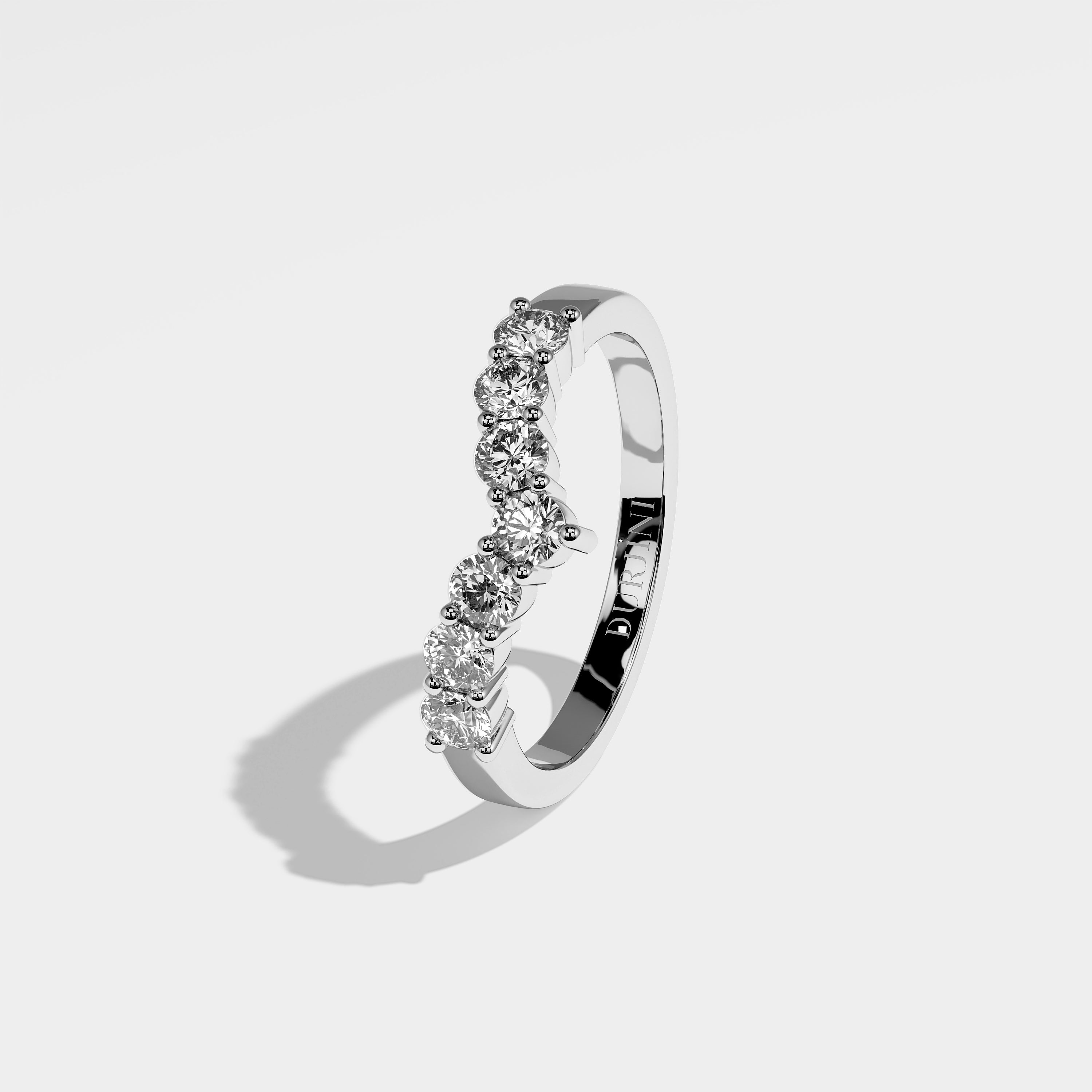
The Fascinating World of Natural Diamonds
The Fascinating World of Natural Diamonds
Natural diamonds have captivated humanity for centuries, symbolizing love, power, and status. These gemstones, formed deep within the Earth's mantle, are prized for their brilliance, rarity, and enduring allure. Here, we explore the origins, characteristics, and significance of natural diamonds, highlighting their timeless appeal.
Origins and Formation
Natural diamonds are carbon crystals formed under extreme pressure and heat more than 100 miles beneath the Earth’s surface. Their journey began billions of years ago, when carbon atoms were subjected to conditions of approximately 2,000 degrees Fahrenheit and pressures exceeding 725,000 pounds per square inch. Over time, volcanic eruptions brought these precious stones closer to the surface, where they were deposited in kimberlite and lamproite pipes.
The unique formation process of diamonds is what makes them so rare. It’s estimated that only a small fraction of the carbon subjected to such conditions becomes a diamond, making these gemstones a true geological marvel.
Characteristics of Natural Diamonds
Natural diamonds are renowned for their unmatched physical and optical properties:
-
Hardness: Diamonds are the hardest known natural substance, ranking 10 on the Mohs scale of mineral hardness. This quality makes them highly durable and ideal for various applications, including industrial use and jewelry.
-
Brilliance: The high refractive index of diamonds gives them their characteristic sparkle, making them a favorite for engagement rings and luxury accessories.
-
Clarity: Natural diamonds are often graded based on their clarity, which refers to the presence or absence of internal and external flaws (inclusions and blemishes). The clearer the diamond, the more valuable it is.
-
Color: While most natural diamonds are white or colorless, they can also occur in a spectrum of hues, including pink, blue, yellow, and green. These "fancy colored diamonds" are particularly rare and sought after.
-
Carat Weight: The weight of a diamond is measured in carats, with one carat equaling 0.2 grams. Larger diamonds are rarer and exponentially more valuable.
The Rarity and Value of Natural Diamonds
Natural diamonds are a finite resource, adding to their exclusivity. The extensive time and geological conditions required to form these stones ensure their rarity. Additionally, mining and extracting natural diamonds involve significant effort and cost, further enhancing their value.
The 4Cs—cut, color, clarity, and carat weight—are the universal criteria used to evaluate a diamond’s quality and determine its worth. A well-cut diamond maximizes brilliance and fire, making even smaller stones appear stunningly radiant.
Ethical and Sustainable Considerations
In recent years, the diamond industry has faced scrutiny over ethical concerns, such as conflict diamonds (also known as "blood diamonds") that fund armed conflict. To address this, initiatives like the Kimberley Process Certification Scheme have been established to ensure diamonds are ethically sourced and traded.
Consumers are increasingly interested in sustainability, prompting diamond companies to adopt more transparent practices. Many retailers now provide provenance information, assuring buyers that their diamonds are conflict-free and responsibly sourced.
Uses of Natural Diamonds
While diamonds are most commonly associated with jewelry, their unique properties make them valuable in other fields:
-
Jewelry: From engagement rings to necklaces, diamonds are a symbol of elegance and romance.
-
Industrial Applications: Due to their unparalleled hardness, diamonds are used in cutting tools, drill bits, and abrasives.
-
Scientific Research: Diamonds play a role in high-pressure experiments and advanced optics.
The Emotional Significance of Diamonds
Beyond their physical attributes, natural diamonds hold immense emotional value. They are often associated with milestones, such as engagements, anniversaries, and achievements. Their timeless beauty and durability make them a perfect representation of enduring love and commitment.
The Future of Natural Diamonds
With advances in technology, lab-grown diamonds have emerged as an alternative to natural stones. While lab-grown diamonds share the same chemical composition and appearance as natural diamonds, many buyers still prefer natural stones for their rarity, authenticity, and the unique story they carry.
As consumer awareness grows, the diamond industry continues to innovate, ensuring that natural diamonds remain a cherished and meaningful investment for generations to come.
Conclusion
Natural diamonds are more than just gemstones; they are a testament to the Earth's incredible processes and the enduring allure of nature’s creations. Their brilliance, rarity, and emotional significance make them a timeless treasure, celebrated and admired across cultures and generations. Whether worn as a symbol of love or preserved as a valuable asset, natural diamonds hold an unparalleled place in the world of luxury and beauty.












